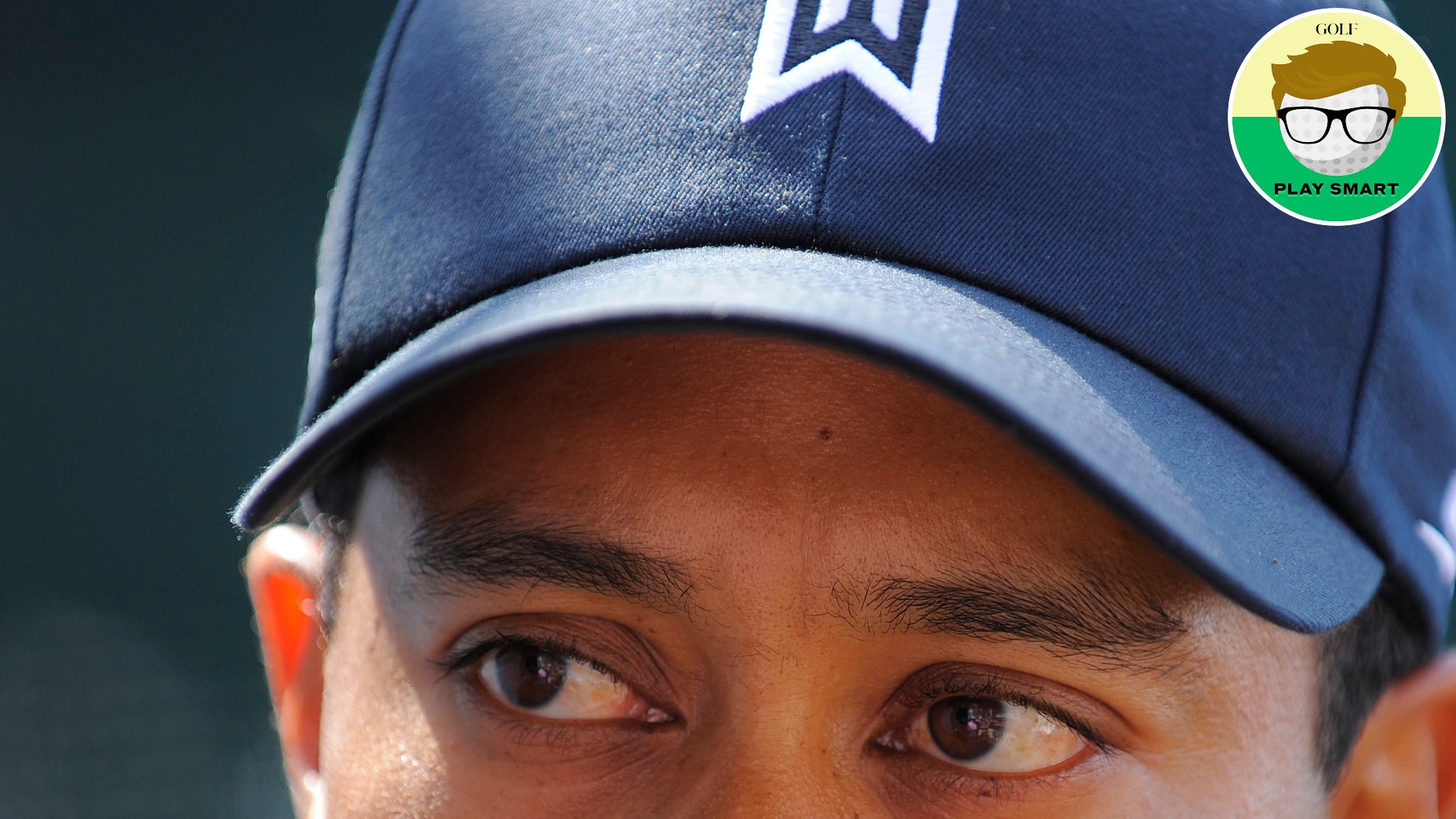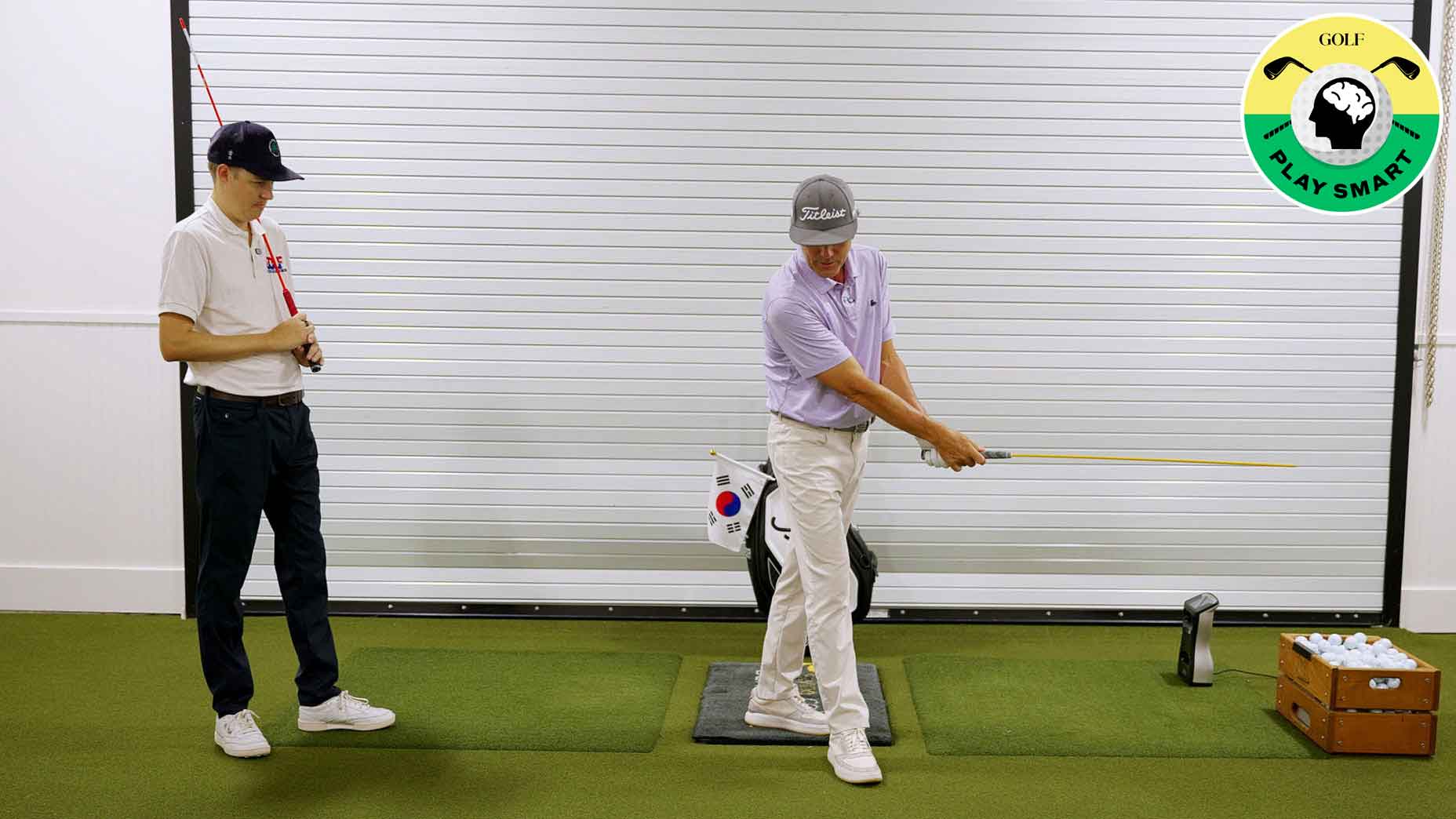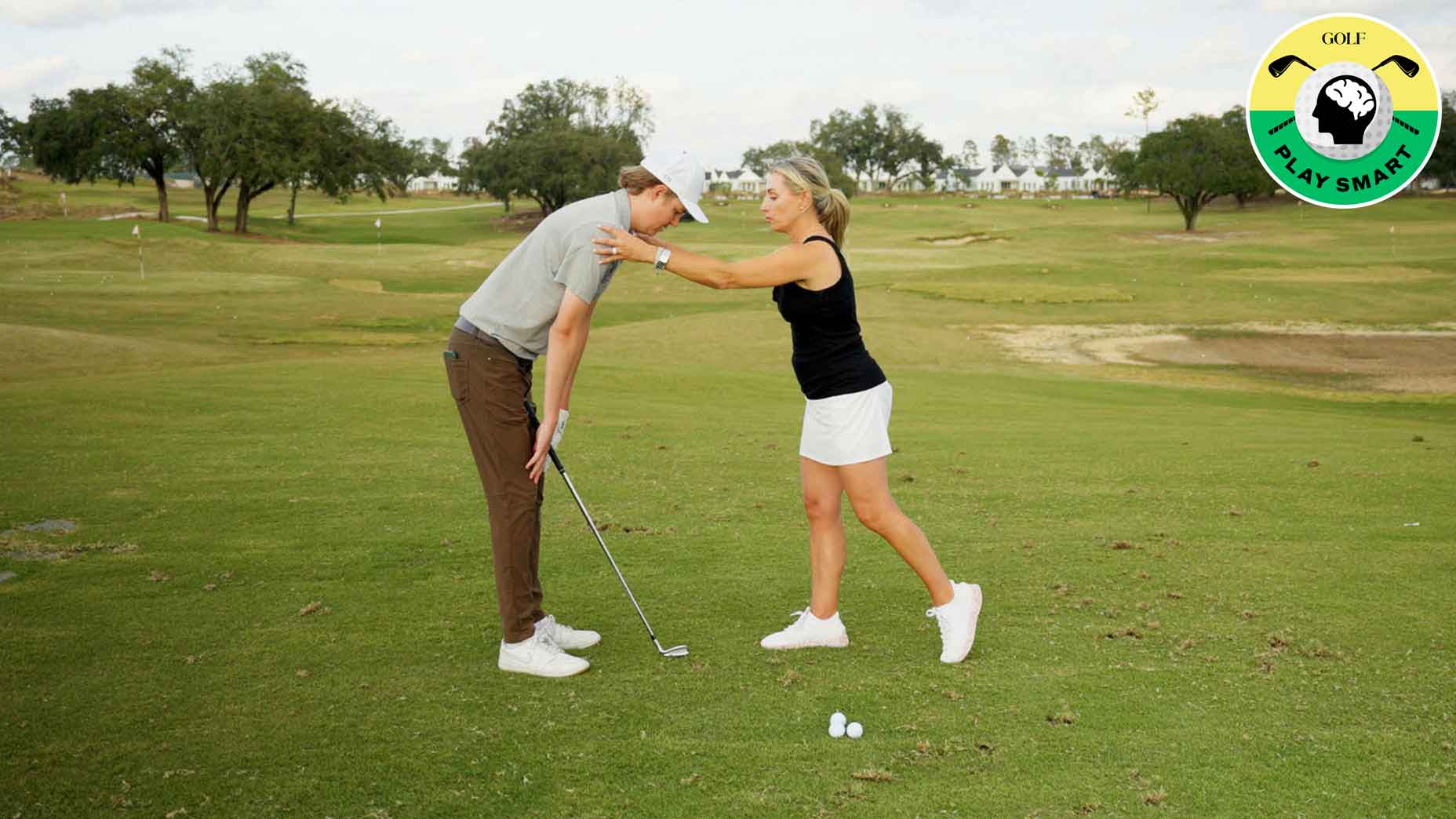Welcome to Play Smart, a column to help you play smarter, better golf from Game Improvement Editor Luke Kerr-Dineen (who you can follow on Twitter right here).
Tiger Woods, at his best, could beat you in a variety of different ways — and he often did.
If he wasn’t bludgeoning you with his power, Tiger could dazzle you with his finesse. He’d beat you with his putter, too, or scramble you into submission.
And when none of that worked, he’d just let you beat yourself.
Perhaps this is old news, but doing some research ahead of last week’s Open Championship, I stumbled upon this fascinating 2011 study by Northwestern University economist Jennifer Brown published in the Journal of Political Economy titled “Quitters Never Win: The (Adverse) Incentive Effects of Competing with Superstars.”
In the study, Brown analyzed the performances of PGA Tour players during Tiger Woods “peak” years, defined as between 1999 and 2010. What she found was rather interesting: That players actually played worse when Tiger Woods was in the field compared to when he wasn’t, because of the intimidation factor he brings. Brown calls this the “superstar” effect.
“When Woods played in a tournament, other players shot nearly a full stroke higher,” the study says. “The effect was strongest among the top-ranked players, who would be in direct competition with Woods for the highest payouts.”
The ‘Superstar effect’
I still can’t believe, after all he’s been through, we get to see Tiger Woods stripe it around the Old Course once again.
— LKD (@LukeKerrDineen) July 11, 2022
The swing, the sound, the setting, it’s all perfect.
Happy Open week everyone 🙌 🏴 pic.twitter.com/0IyiRxTVK3
As Brown notes, the “superstar” effect got more severe on the best players in the world — meaning it was actually the better players who in theory were more likely to beat Woods that actually suffered the most — which is certainly something which matches with anecdotal evidence we have. Ernie Els, a player who very much fits into that category, explains:
“People ask me this question a lot, is what separated Tiger from us? There’s a lot of things, but the one real factor was his intensity on the first tee,” Els said. “On the first tee you just want to get in the round and see how things are, testing out the waters of the competition. Hopefully by 4 or 5 you are even par or one under and get into the tournament. A lot of us were like that, but Tiger, he was different. On the first tee he was ready to go. He was ready to absolutely strangle the golf course and get to the field eventually and really take down the tournament. He wasn’t there to mess around. He didn’t play too many events but when he played he was ready to go.”
Brown dispels the notion that other players were hampered by excess media attention or playing more aggressively, saying there’s no evidence for either, and attempts to quantify the “superstar effect” in monetary terms. She found that his mere presence intimidating other players gleaned him about $6 million extra in prize money, and concludes by drawing some real world comparisons. Mainly, that introducing a “superstar” onto a team could actually hinder the performance of others in the group.
“For example, sales managers and law firms should be aware of the impact of introducing a superstar associate on the cohort’s overall performance,” she writes.










